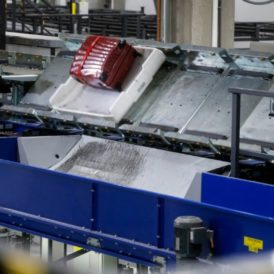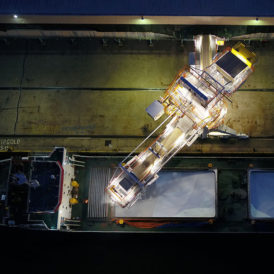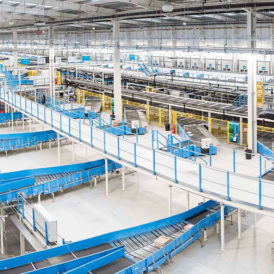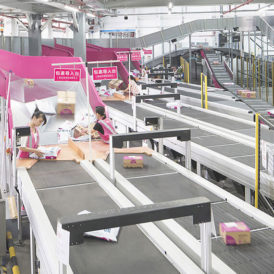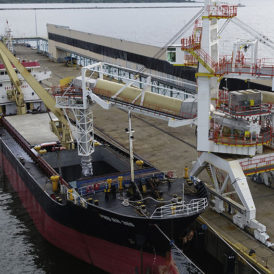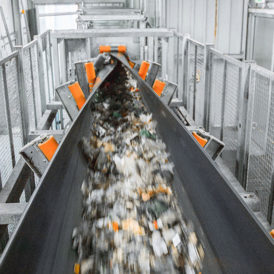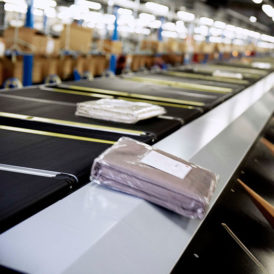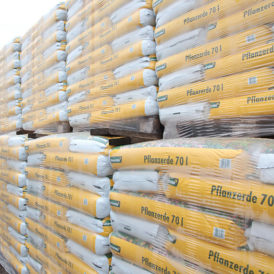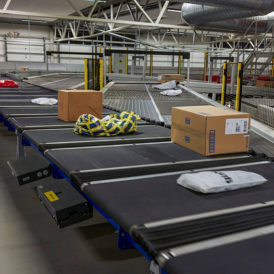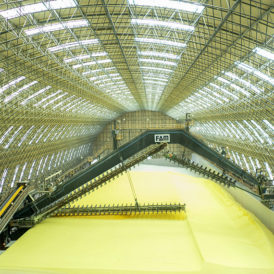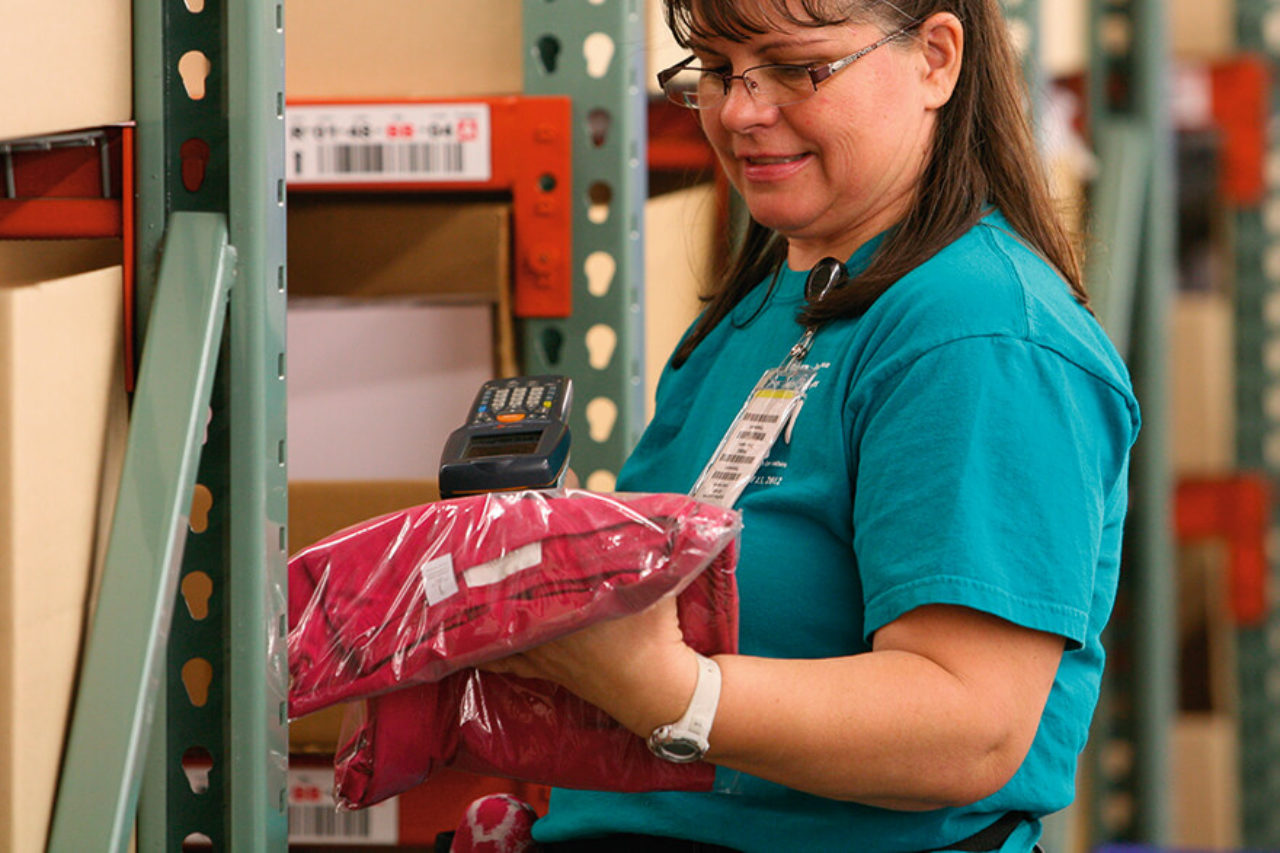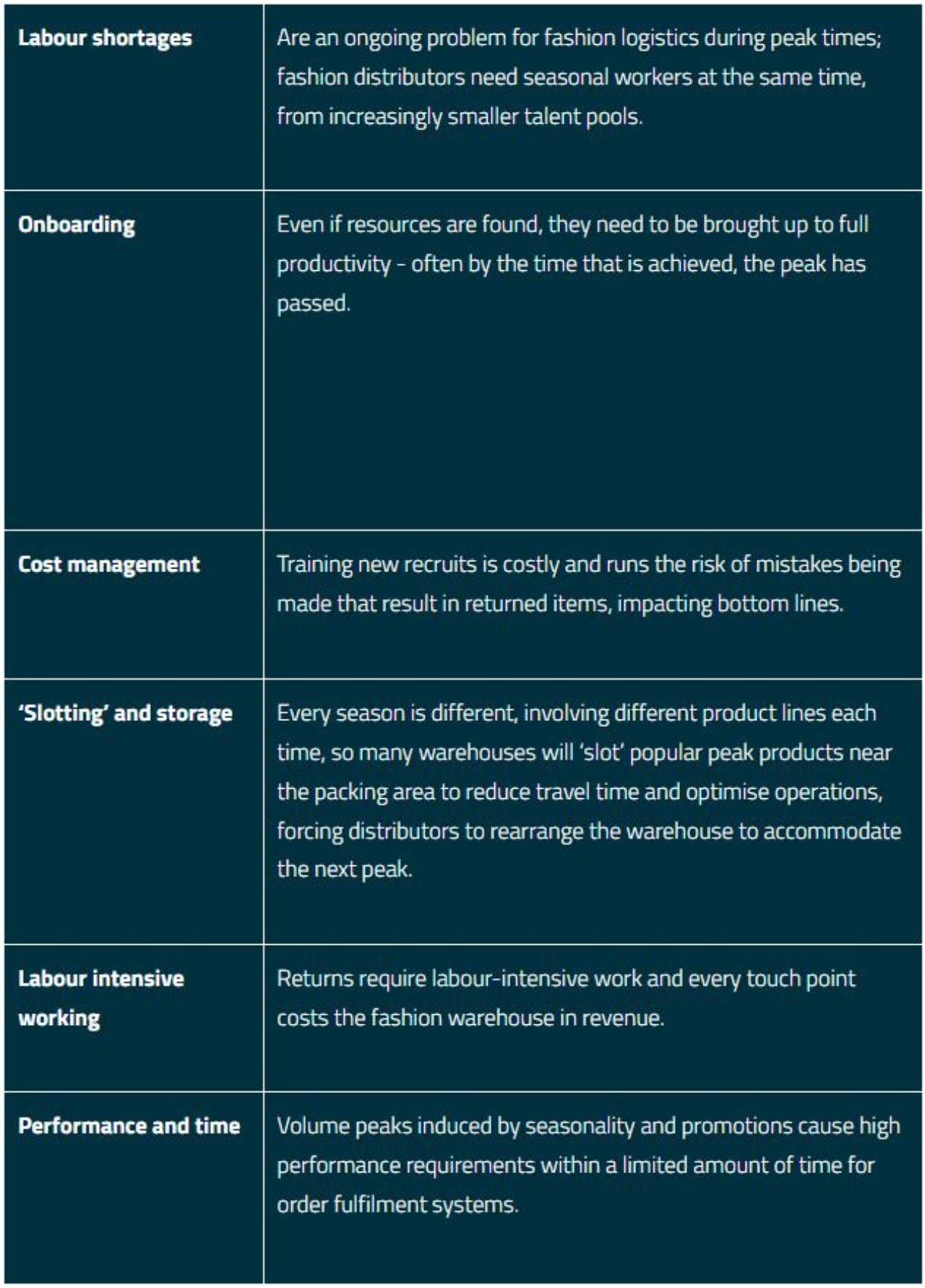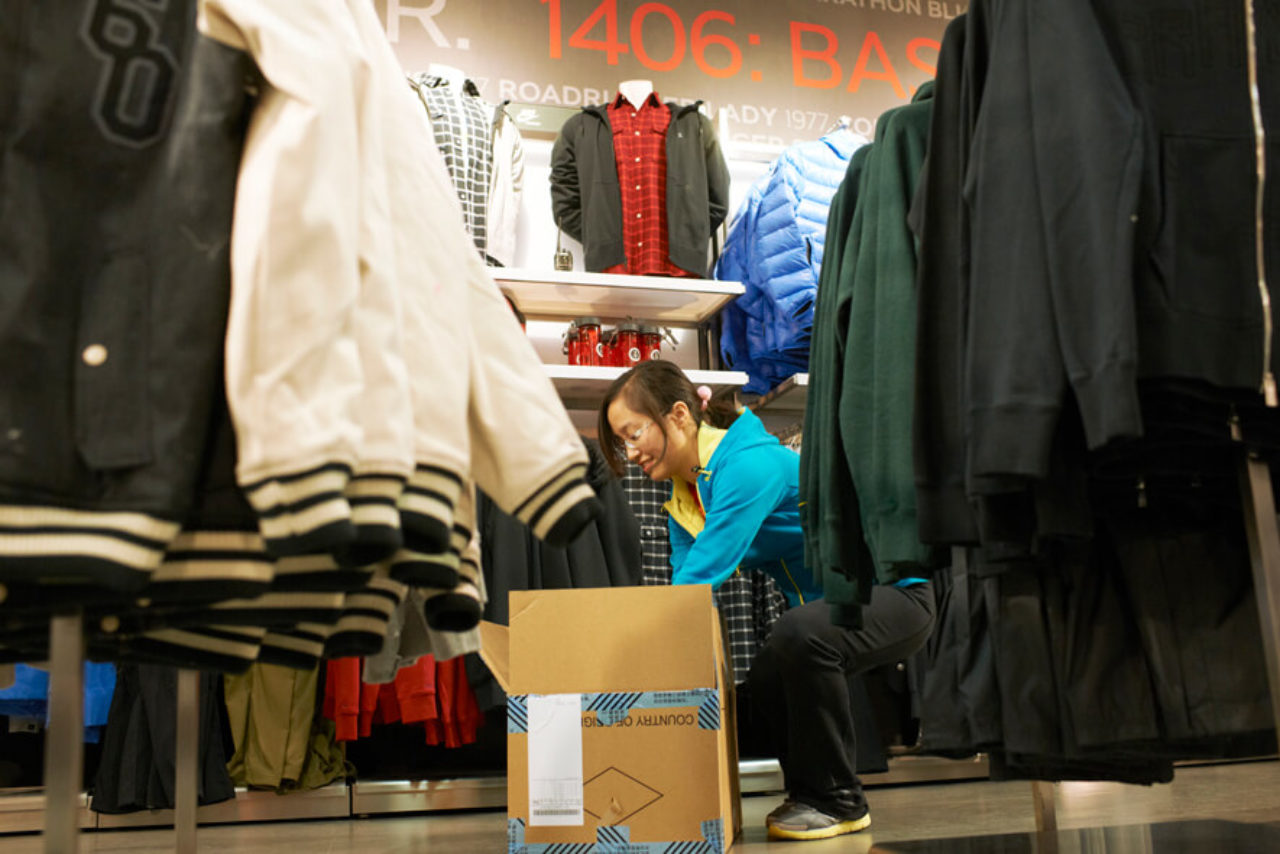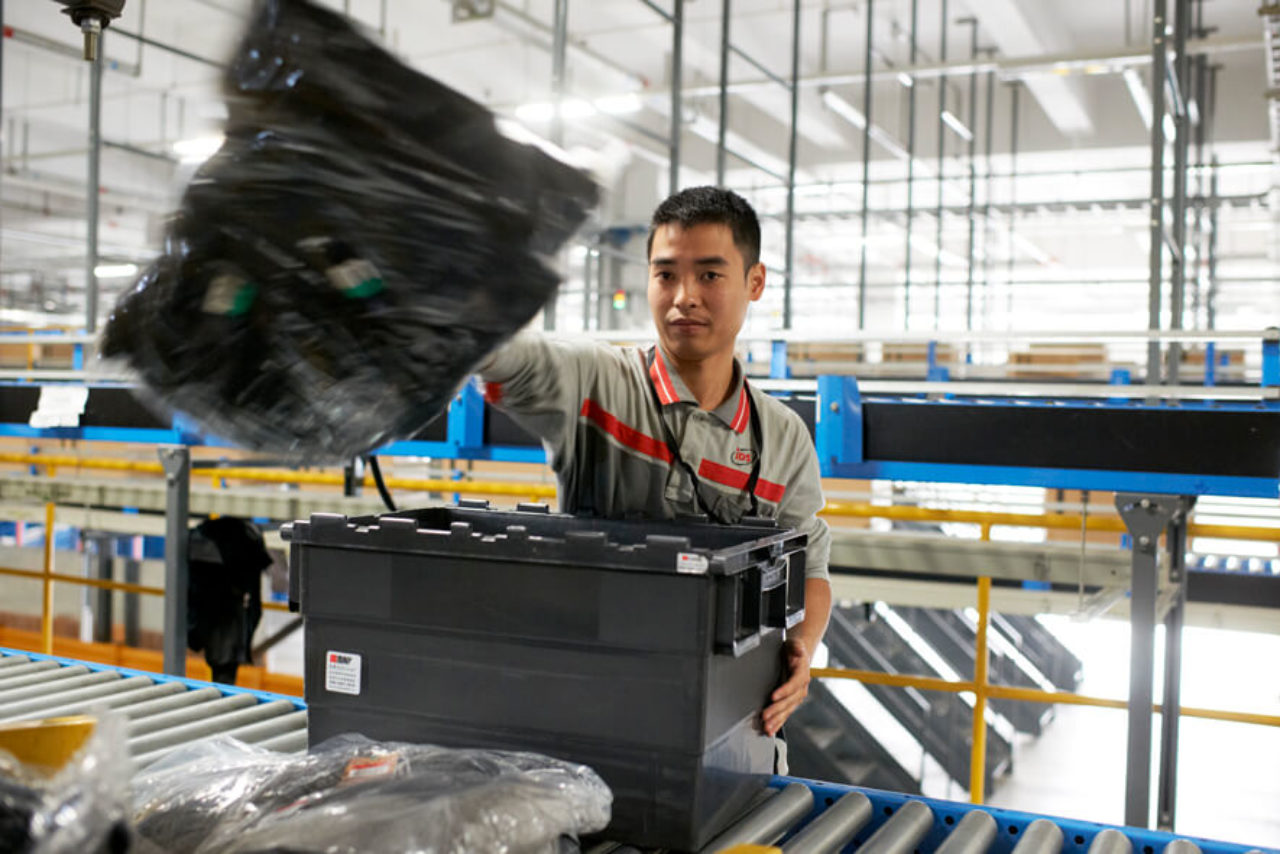4. The appeal for environmental sustainability
With environmental concerns high on the global agenda, the spotlight is increasingly now on not just the manufacturing side of the supply chain, but sustainability in the warehouse and transportation. It is therefore more pressing than ever for fashion logistics providers to find ways to reduce their environmental impact, such as ensuring low-carbon equipment with enduring life-spans.
One of the biggest trends in trying to cut the carbon footprint is the use of technology and data. Fashion logistics are drawing on data from across their operations to calculate optimal handling and loading requirements for containers, trucks and the warehouse.
Data is being used to automate decision-making around sustainability, such as tracking assets and performing maintenance at the right moment, optimising routes and fuel efficiency. Machine learning tools are also providing visibility into the sustainability of supply chains.
And increasingly, automated robotics that reduce transportation between and inside warehouses as well as automated delivery robots and unmanned delivery trucks are being seen as potential solutions to save both costs and emissions.
Conclusion
We have covered just four trends in today’s fashion e-commerce that impact upon fulfilment performance and the bottom line of fashion logistics facilities. Each development can be genuinely challenging for fashion logistics operations and profitability as consumers demand variety and speed, while wanting to see measurements around climate change impacts, energy consumption and emissions. But each also presents an opportunity which fashion logistics suppliers can leverage. The changes can be seen as positive if logistics providers can meet them with flexibility and adaptability.
